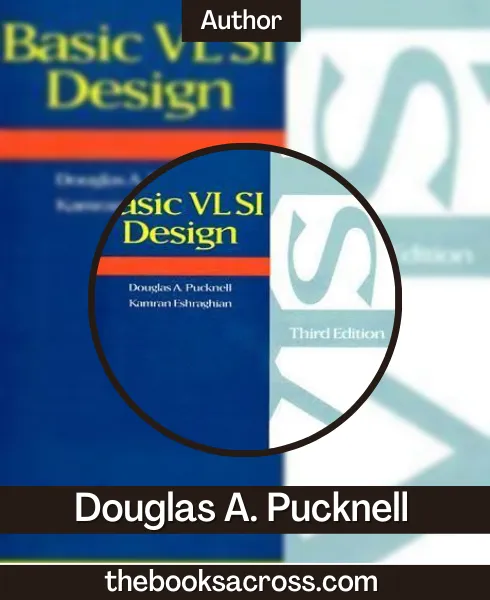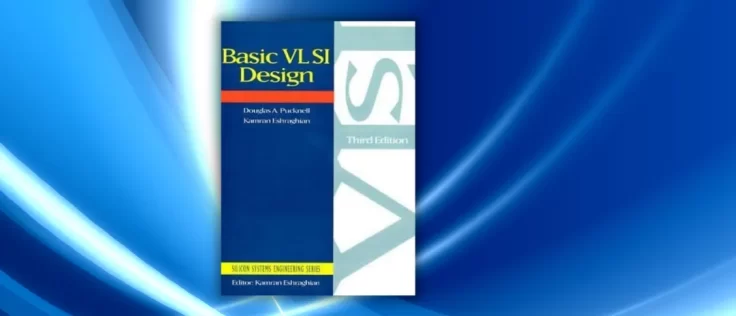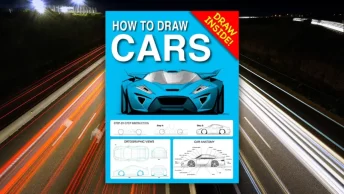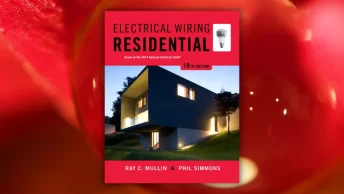Basic VLSI Design PDF is a textbook written by Douglas A. Pucknell and Kamran Eshraghian that provides an introduction to the field of VLSI (Very Large Scale Integration) design. The book covers topics such as CMOS technology, digital circuits, and layout design, and aims to provide a foundation for more advanced studies in VLSI design.
Some themes covered in the book include CMOS technology, Digital circuits: The book covers the design of basic digital circuits such as gates, flip-flops, and adders, as well as more complex circuits such as finite state machines and datapaths. Layout design: The book covers the physical layout of VLSI circuits, including topics such as placement, routing, and design for manufacturability.
It has received praise in the past for its comprehensive coverage of fundamental VLSI design concepts and its practical approach to teaching the subject. The book is available in multiple formats including pdf, paperback, hardcover, and audio format.
Table of Contents
Basic VLSI Design Summary
“Basic VLSI Design” is a textbook that provides an introduction to the field of VLSI (Very Large Scale Integration) design. The book is organized into five main parts:
- Introduction to VLSI Design: This part provides an overview of the VLSI design process and introduces some of the basic concepts and terminology used in the field.
- CMOS Technology: This part covers the basics of CMOS (Complementary Metal-Oxide-Semiconductor) technology, including the physical structure and operation of CMOS transistors, as well as the design and layout of CMOS circuits.
- Digital Circuit Design: This part covers the design of basic digital circuits such as gates, flip-flops, and adders, as well as more complex circuits such as finite state machines and datapaths.
- Layout Design: This part covers the physical layout of VLSI circuits, including topics such as placement, routing, and design for manufacturability.
- Testing and Verification: This part covers the testing and verification of VLSI circuits, including topics such as fault models, test patterns, and design-for-testability techniques.
Throughout the book, the authors provide numerous examples and exercises to help readers understand and apply the concepts presented. The book also includes a number of appendices that provide additional information on topics such as logic synthesis, simulation, and design automation tools.
Details of Basic VLSI Design Book
| Book | Basic VLSI Design |
| Author | Douglas A. Pucknell and Kamran Eshraghian |
| Original language | English |
| Originally published | 1985 |
| Category | Non Fiction |
| Publisher | Prentice Hall of India |
| Total Pages | 495 |
| Format | PDF, ePub |
Multiple Languages Editions of Basic VLSI Design Book
Basic VLSI Design is available in several languages, including English, Spanish, French, German, Italian, and Dutch.
| Book Editions | Check Now |
|---|---|
| English | Check Price |
About the Author
Basic VLSI Design” was written by Douglas A. Pucknell and Kamran Eshraghian. Douglas A. Pucknell is a professor of electrical and computer engineering at the University of California, Santa Cruz. He received his B.S. and M.S. degrees in electrical engineering from the Massachusetts Institute of Technology, and his Ph.D. in electrical engineering from the University of California, Berkeley. His research interests include VLSI design, computer-aided design, and design automation.

Kamran Eshraghian is a professor of electrical and computer engineering at the University of Adelaide in Australia. He received his B.Sc., M.Sc., and Ph.D. degrees in electrical engineering from the University of Tehran, Iran, and has worked as a researcher and professor at various institutions around the world. His research interests include VLSI design, computer-aided design, and design automation.
It is common for authors in the field of engineering to write textbooks to share their knowledge and expertise with students and professionals in the field. Textbooks can also serve as a reference for practitioners and can help to establish the authors’ reputation as experts in their field.
Basic VLSI Design PDF Free Download
Click on the download button below to get a pdf file of the Basic VLSI Design book.
Similar Books to Basic VLSI Design Book
- VLSI Design by Neil H. E. Weste and Kamran Eshraghian
- CMOS VLSI Design: A Circuits and Systems Perspective by Neil H. E. Weste and David Harris
- Computer System Architecture by M. Morris Mano
- VLSI Design: A Practical Guide for FPGA and ASIC Implementations by John P. Uyemura
- Introduction to VLSI Circuits and Systems by John P. Uyemura
- VLSI Technology by Simon M. Sze and Kang G. Shin
FAQs(Frequently Asked Questions)
What is the book Basic VLSI Design about?
Basic VLSI Design” is a textbook that provides an introduction to the field of VLSI (Very Large Scale Integration) design.
What does the Basic VLSI Design book teach?
The “Basic VLSI Design” book teaches topics such as CMOS technology, digital circuits, and layout design. It aims to provide a foundation for more advanced studies in VLSI design.
Is a Basic VLSI Design book worth reading?
Whether the “Basic VLSI Design” book is worth reading depends on the reader’s goals and interests.
How long does it take to read the Basic VLSI Design book?
The length of time it takes to read the “Basic VLSI Design” book will depend on factors such as the reader’s speed.







